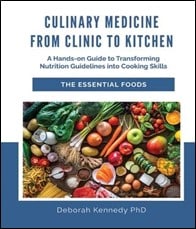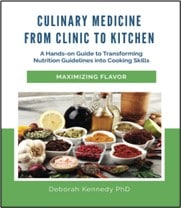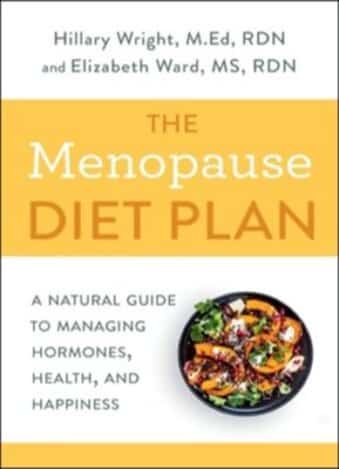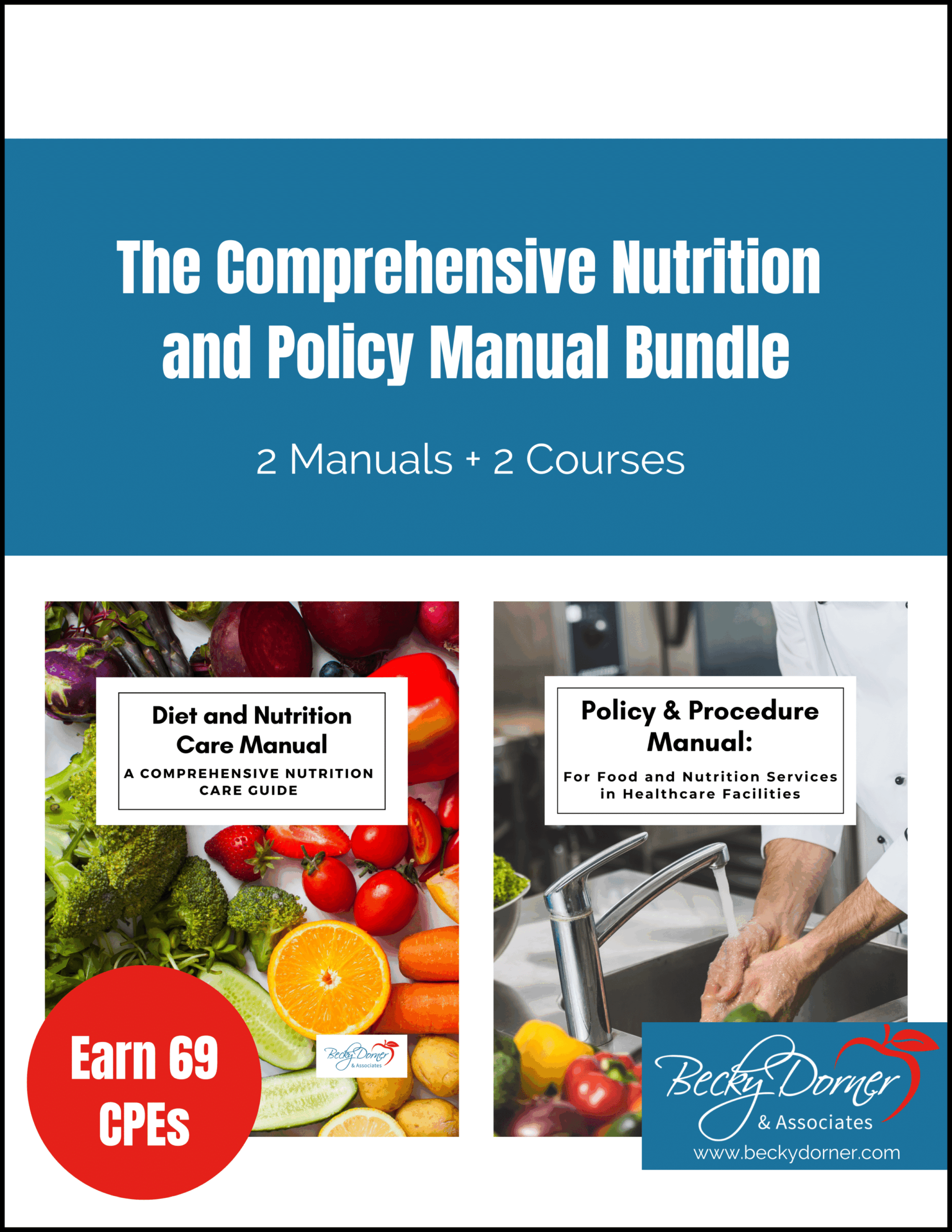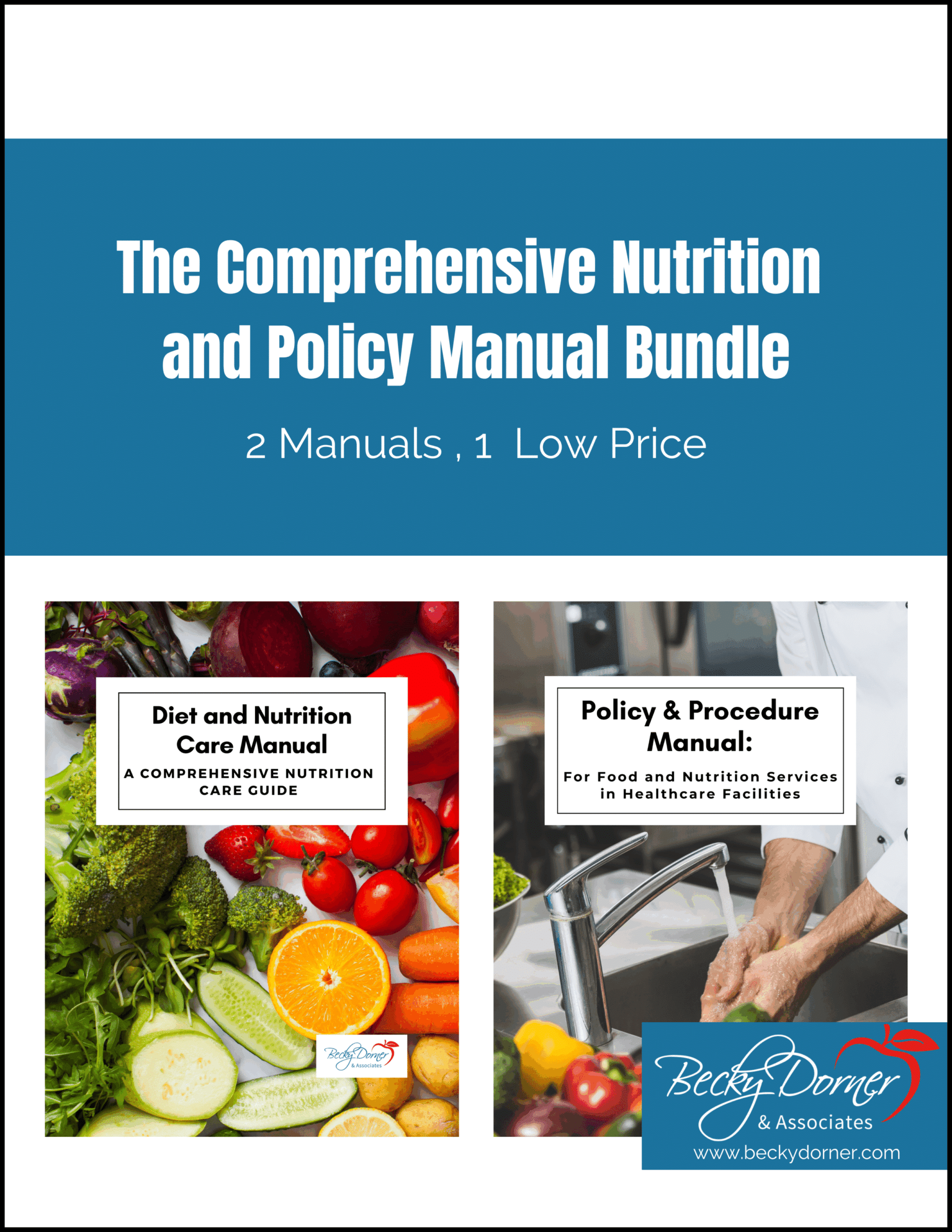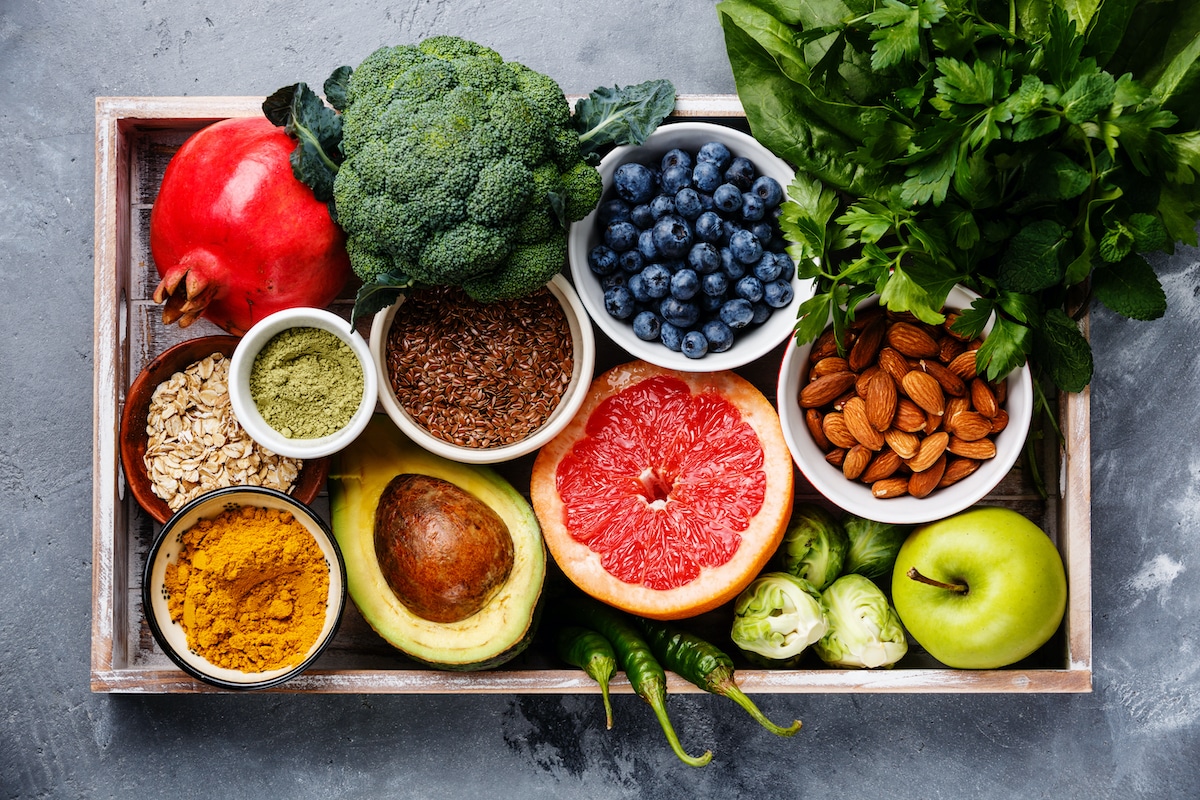
Maria has been reading about superfoods and how they can help slow the effects of aging. At 68 years of age, she is concerned about staying as healthy as she possibly can through her golden years. She has realized that longevity, which runs in her family, will be a wonderful gift if she can maintain her health and independence as she ages. Since she already has hypertension, Maria decides to see Sheila, a registered dietitian nutritionist, to learn more about how she might increase her longevity by incorporating superfoods into her diet. Here are some of the questions Maria asks to learn more.
What are superfoods?
The term “superfood” may have originally been coined to sell products, but it has taken hold and become quite popular. Merriam-Webster defines superfood as “a food (such as salmon, broccoli or blueberries) that is rich in compounds (such as antioxidants, fiber, or fatty acids) considered beneficial to a person’s health.” 1 Foods that are high in healthy fats, phytochemicals and other nutrients, as well as those linked with disease prevention are often included in this category.
Researchers are investigating possible anti-disease properties of superfoods such as leafy greens, colorful fruits and vegetables, nuts, seeds, and certain spices, herbs, and teas. For example, a systematic review of human intervention trials examined the effects of superfoods on risk factors of metabolic syndrome.2 This review provided an overview of controlled human intervention studies with foods described as “superfoods,” and their effects on metabolic syndrome parameters. Several metabolic syndrome parameters were examined such as waist circumference or BMI, blood pressure, concentrations of HDL cholesterol and triacylglycerol or glucose. The results? Limited evidence was found demonstrating any effect on metabolic syndrome parameters by any of the foods described as superfoods, however, more research is needed.
What’s the best advice regarding superfoods?
One important key to good health is to follow a total diet approach using MyPlate as a guide. After smoking cessation, the best defense against chronic disease is a healthy total diet which focuses on vegetables, fruits, whole grains, healthy fats and healthy sources of protein.
To boost the nutrient value of a healthy total diet, include these “superfoods” provide a multitude of well-researched health benefits:
- Foods containing omega-3 fatty acids can help protect against certain types of cancer, decrease heart disease risk and improve cognitive function. Alpha-linolenic acid is the omega-3 found in plant foods. Leafy green vegetables, walnuts, canola and flaxseed oil provide the best sources. Docosahexaenoic acid (DHA) and eicosapentaenoic acid (EPA) are the omega-3s found in seafood, especially fatty fish such as salmon, lake trout and albacore tuna. The American Heart Association recommends that healthy individuals consume two, 3.5 ounce servings of fish weekly (particularly fatty fish) to obtain the amount of DHA and EPA necessary to fight heart disease and stroke. Avoid shark, swordfish, king Mackerel and tilefish due to high levels of mercury.3
- Nuts contain fiber, selenium, arginine, polyphenols and polyunsaturated fats help protect against heart disease as well as providing additional benefits. For example, research on the role of walnuts and brain health indicates evidence of beneficial effects from polyphenolic compounds.4 . Since they are high in calories and fat, a few nuts go a long way to add nutrients, flavor and crunch to a wide range of meals, snacks and desserts.
- Leafy greens such as spinach, kale, broccoli, collard, and mustard greens provide nutrients such as vitamins A, C and K, folate, as well as lutein and phytonutrients. Consumption of leafy greens may help slow cognitive decline5 and reduce cancer risk. Calcium, magnesium, and vitamin K found in leafy greens play important roles in the heart. (Caution: patients/clients prescribed anticoagulant medications need to monitor their consumption of greens in order to control vitamin K levels in the blood.)
- Berries such as blueberries, strawberries, cranberries, blackberries, and raspberries provide vitamins, fiber, potassium and phytochemicals. These nutrients keep the heart and brain healthy, help prevent cancer, and lower cholesterol.
- Beans and legumes such as dried beans, peas and lentils are rich sources of protein, dietary fiber, B vitamins and minerals such as potassium, iron and zinc.6 Benefits include improved blood glucose and cholesterol levels in type 2 diabetes7, improved blood pressure and healthy weight maintenance.
Are there cautions about eating superfoods?
It’s not necessary to buy expensive exotic fruits, juices or capsules to benefit from “superfoods” and their nutritional attributes. The foods noted above can be found in the grocery store for reasonable prices.
If you do choose to try some of the superfood remedies popular on the internet or social media including exotic foods, liquids, capsules or pills that tout superfood qualities, it is important to consider potential drug/nutrient interactions between foods, supplements, and prescription or over-the-counter medications. For example, people who take warfarin should be advised that consuming any products containing goji berries may cause an interaction. Goji berries can also interact with medications for hypertension and diabetes.
What dietary changes should I make?
Sheila cautioned Maria not to listen to all the hype on the latest new fad or cure, but to make her decisions based on solid science. Sheila recommended focusing on using MyPlate to create an overall healthy eating plan and incorporating foods that have demonstrated health benefits such as eating fish twice a week for omega-3 fatty acids and including antioxidant-rich leafy greens, fruits and vegetables regularly.
Sheila helped Maria adjust her habits to eat a balanced diet that includes a wide variety of nutrient dense foods, including a vibrant-colored fruit or vegetable at every meal, seafood twice a week, beans or legumes a few times a week and a handful of nuts at least 5 times a week. Maria left with a plan that she feels she can enjoy for many years to come.
Additional Resources
Becky Dorner & Associates offers a number of continuing professional education courses on diabetes. For more information visithttps://www.beckydorner.com/continuing-education/.
©2020 Becky Dorner & Associates, Inc. Becky Dorner & Associates, Inc. (BDA) is a trusted source of valuable continuing education, nutrition resources and creative solutions. Visit www.beckydorner.com to sign up for free news and information.
References
- “Superfood.” Merriam-Webster.com Dictionary, Merriam-Webster, https://www.merriam-webster.com/dictionary/superfood?utm_campaign=sd&utm_medium=serp&utm_source=jsonld. Accessed 20 Feb. 2020.
- Driessche JJ, Plat J, Mensink, RP. Effects of superfoods on risk factors of metabolic syndrome: a systematic review of human intervention trials. Food Funct., 2018, 9, 1944-1966.
- American Heart Association website. Fish and Omega-3 Fatty Acids. https://www.heart.org/en/healthy-living/healthy-eating/eat-smart/fats/fish-and-omega-3-fatty-acids
- Poulose, SM, Miller MG, Shukitt-Hale B. Role of Walnuts in Maintaining Brain Health with Age. Journal of Nutrition. 2014 Apr;144(4 Suppl):561S-566S.
- Federation of American Societies for Experimental Biology (FASEB). Eating green leafy vegetables keeps mental abilities sharp. ScienceDaily.www.sciencedaily.com/releases/2015/03/150330112227.htm Accessed February 11, 2020.
- United States Department of Agriculture: Choose My Plate.gov website. Beans and peas are unique foods. https://www.choosemyplate.gov/eathealthy/vegetables/vegetables-beans-and-peas. Accessed February 20, 2020.
- Jenkins D, Kendall C, Augustin L, et al. Effect of legumes as part of a low glycemic index diet on glycemic control and cardiovascular risk factors in type 2 diabetes mellitus. Arch Intern Med. 2012;172(21):1653-1660. PMID: 23089999. www.ncbi.nlm.nih.gov/pubmed/23089999.

